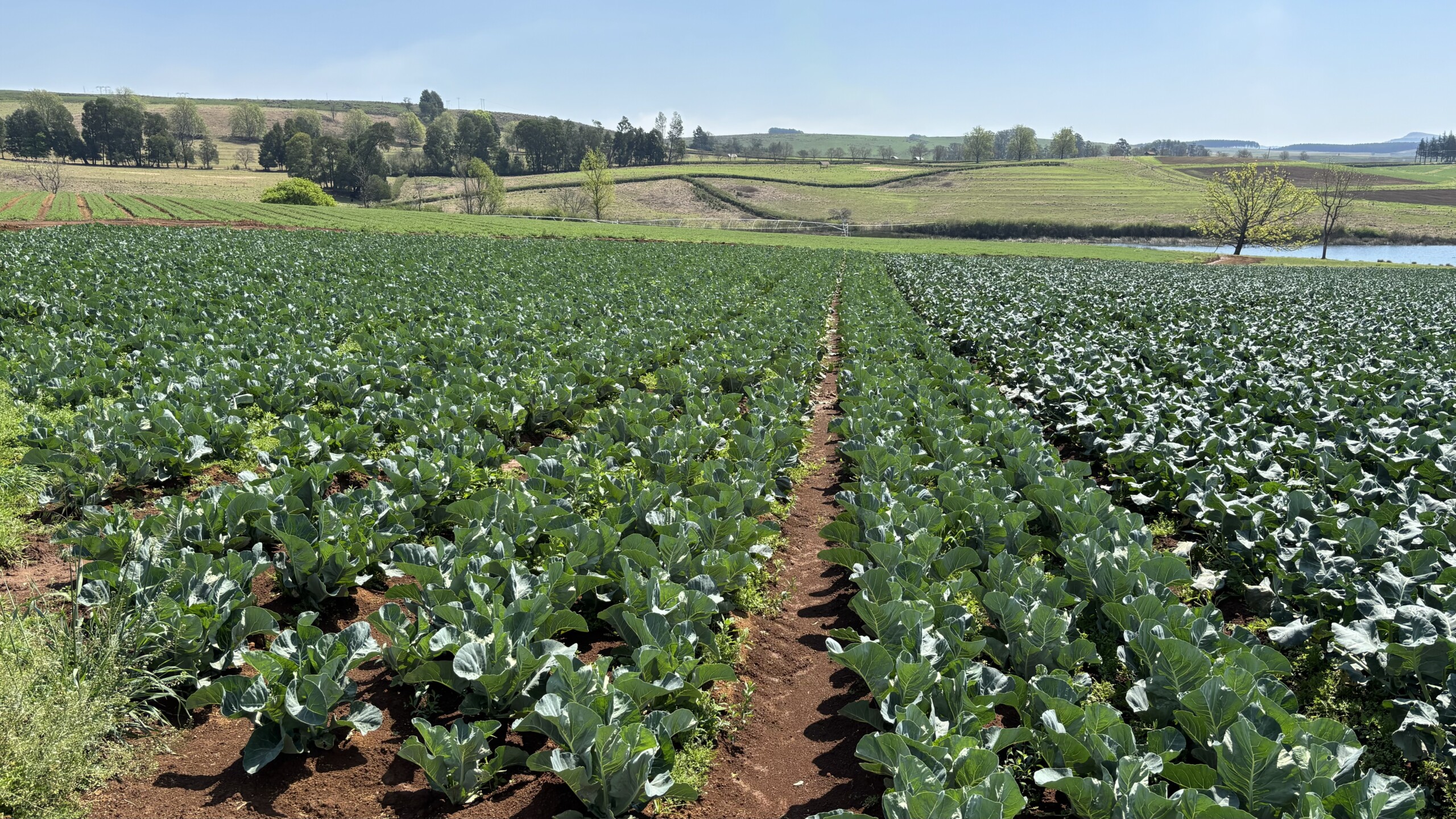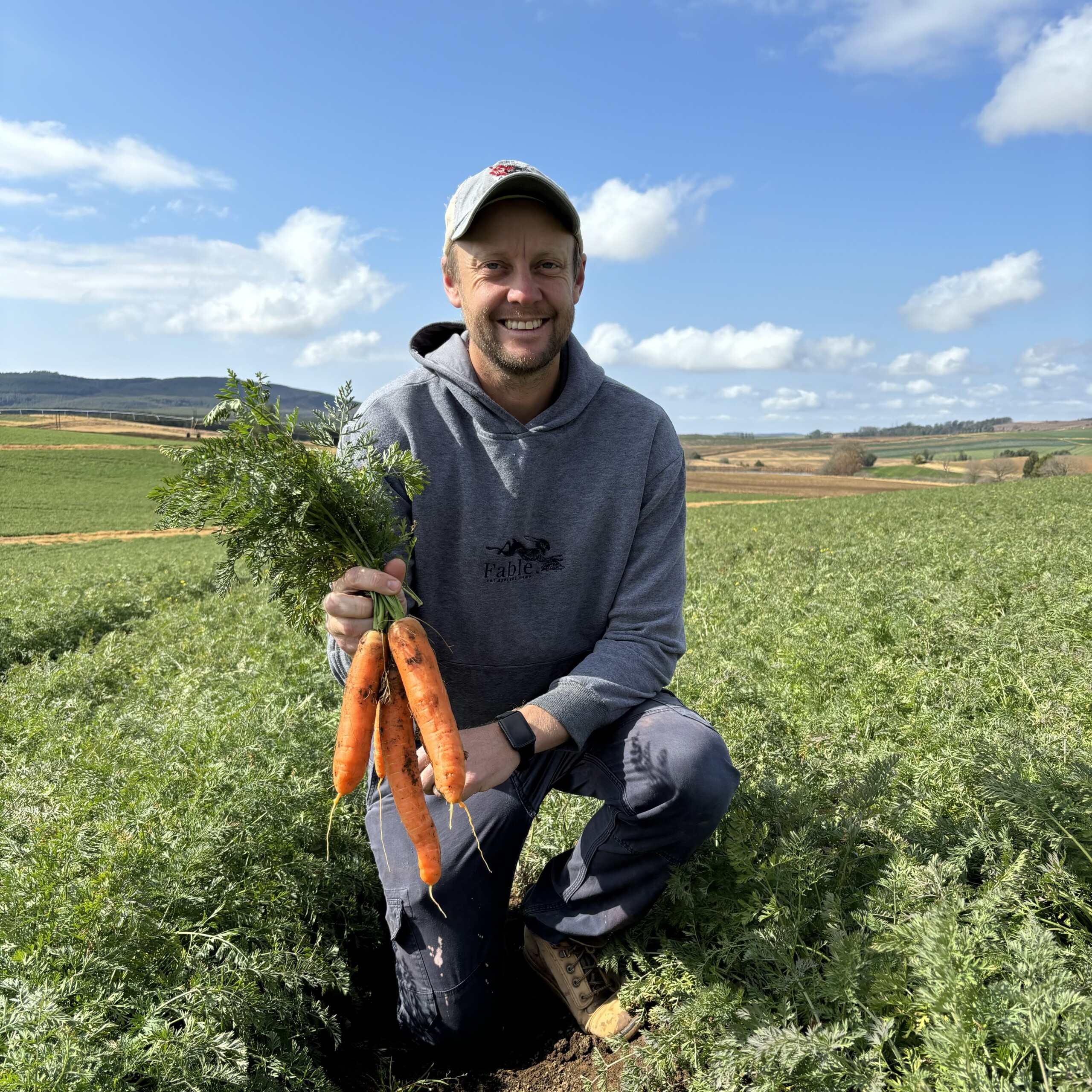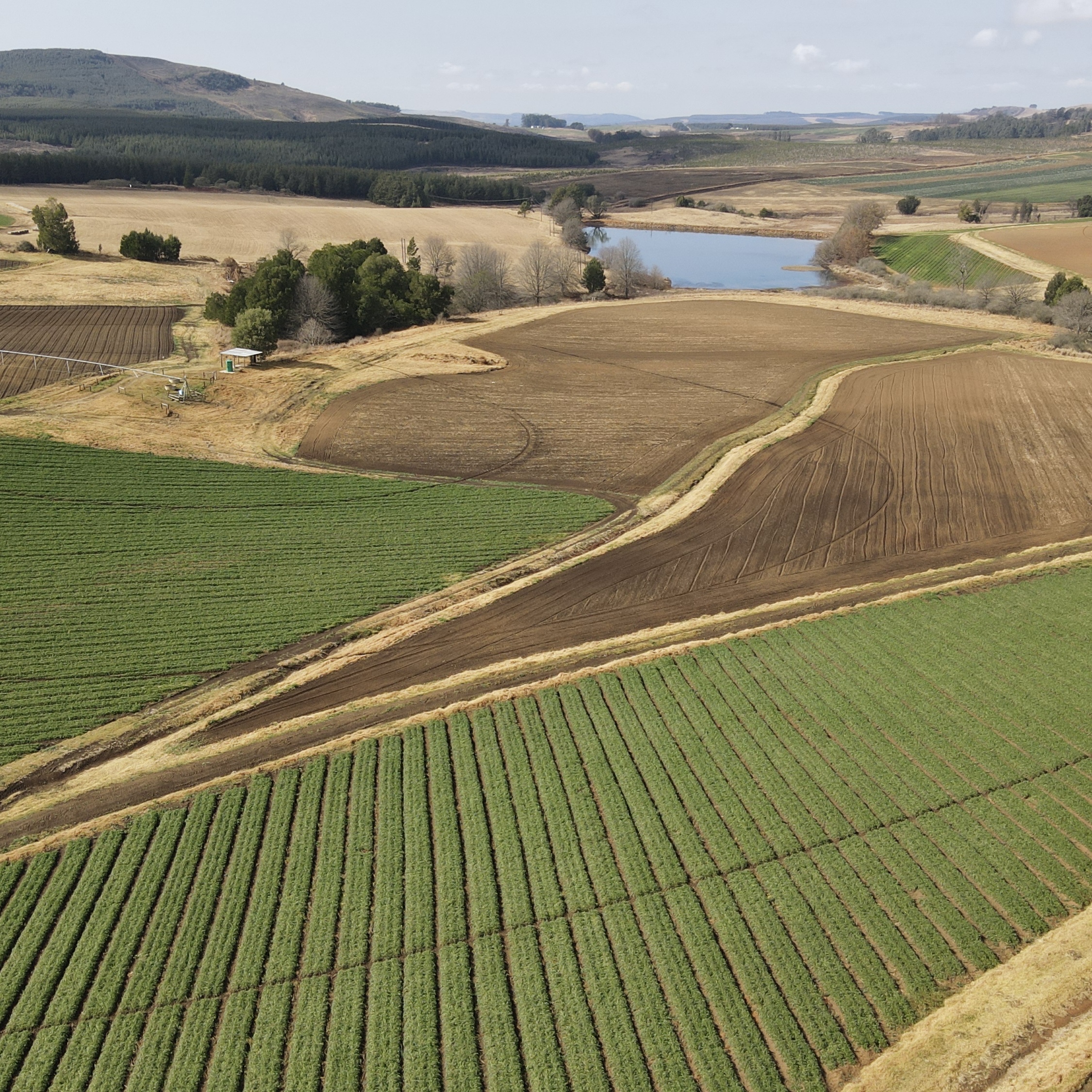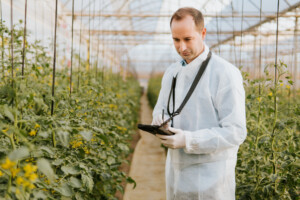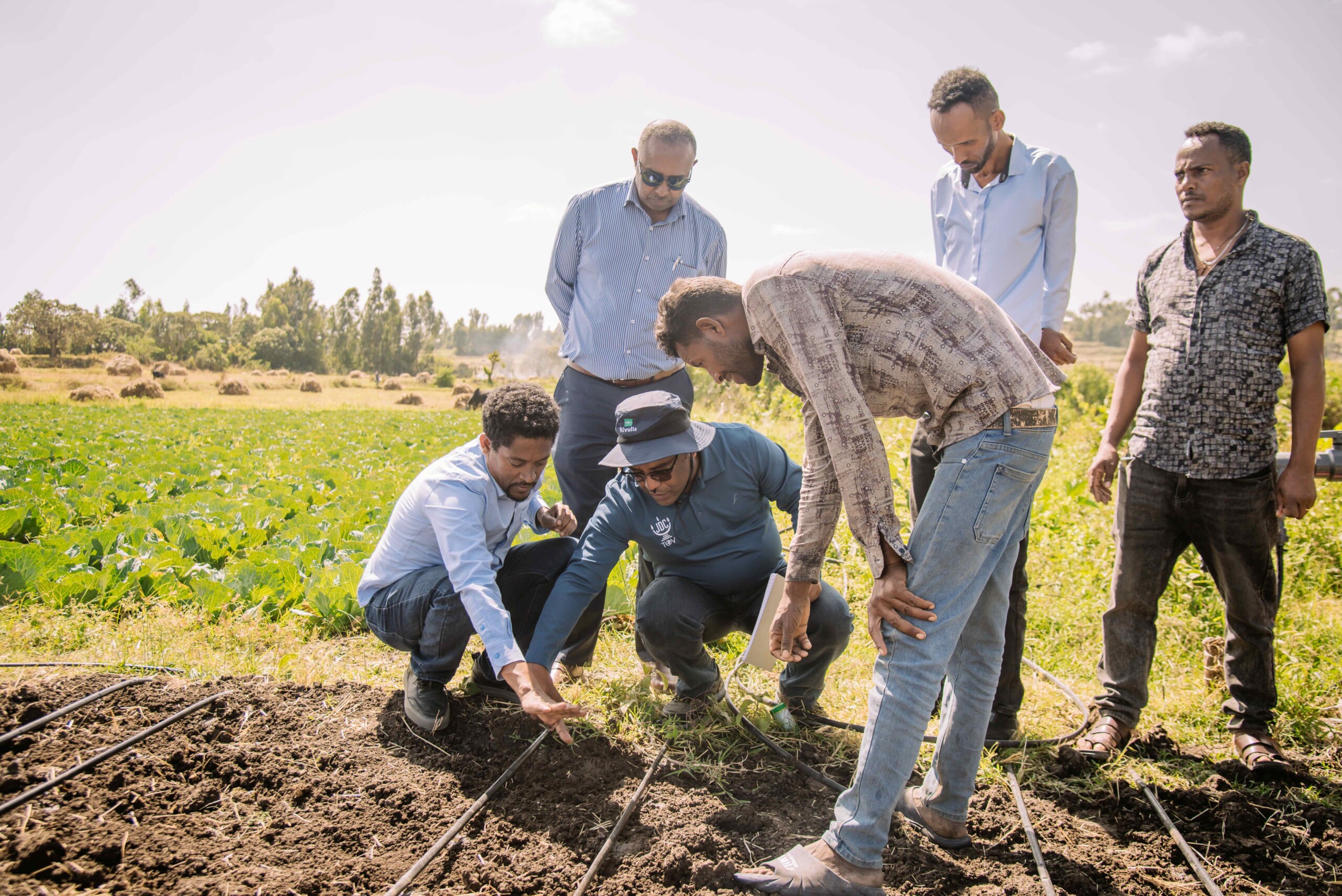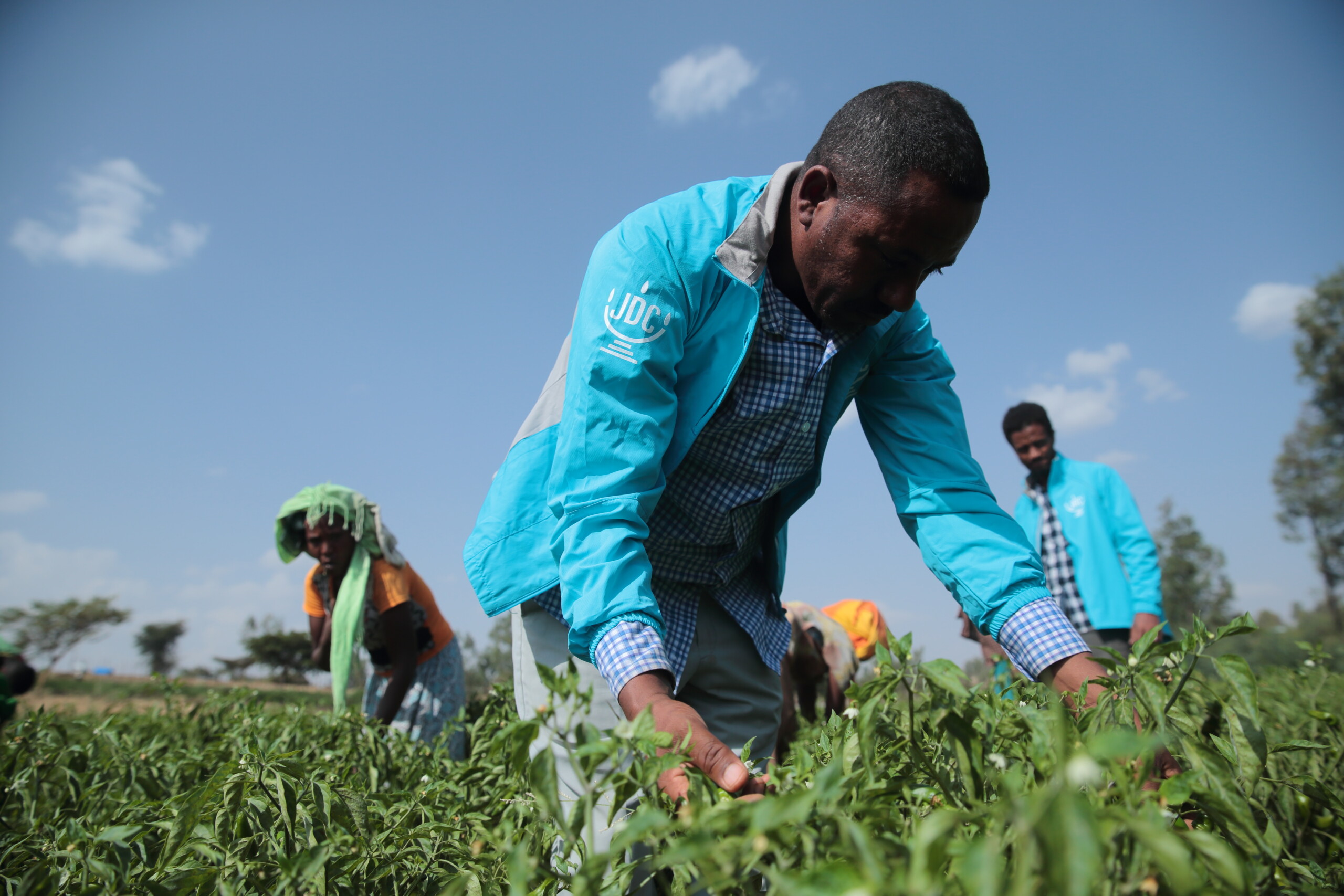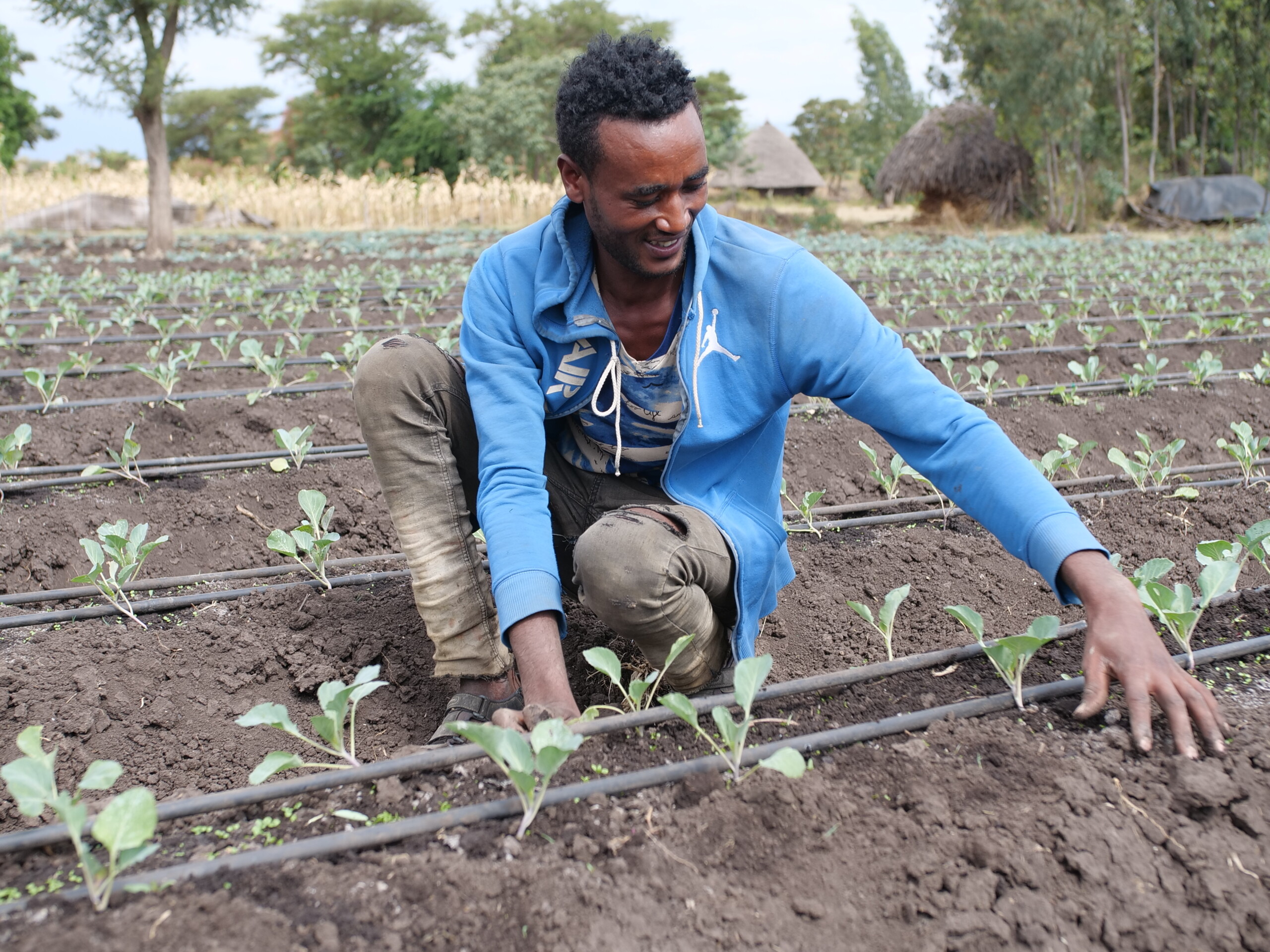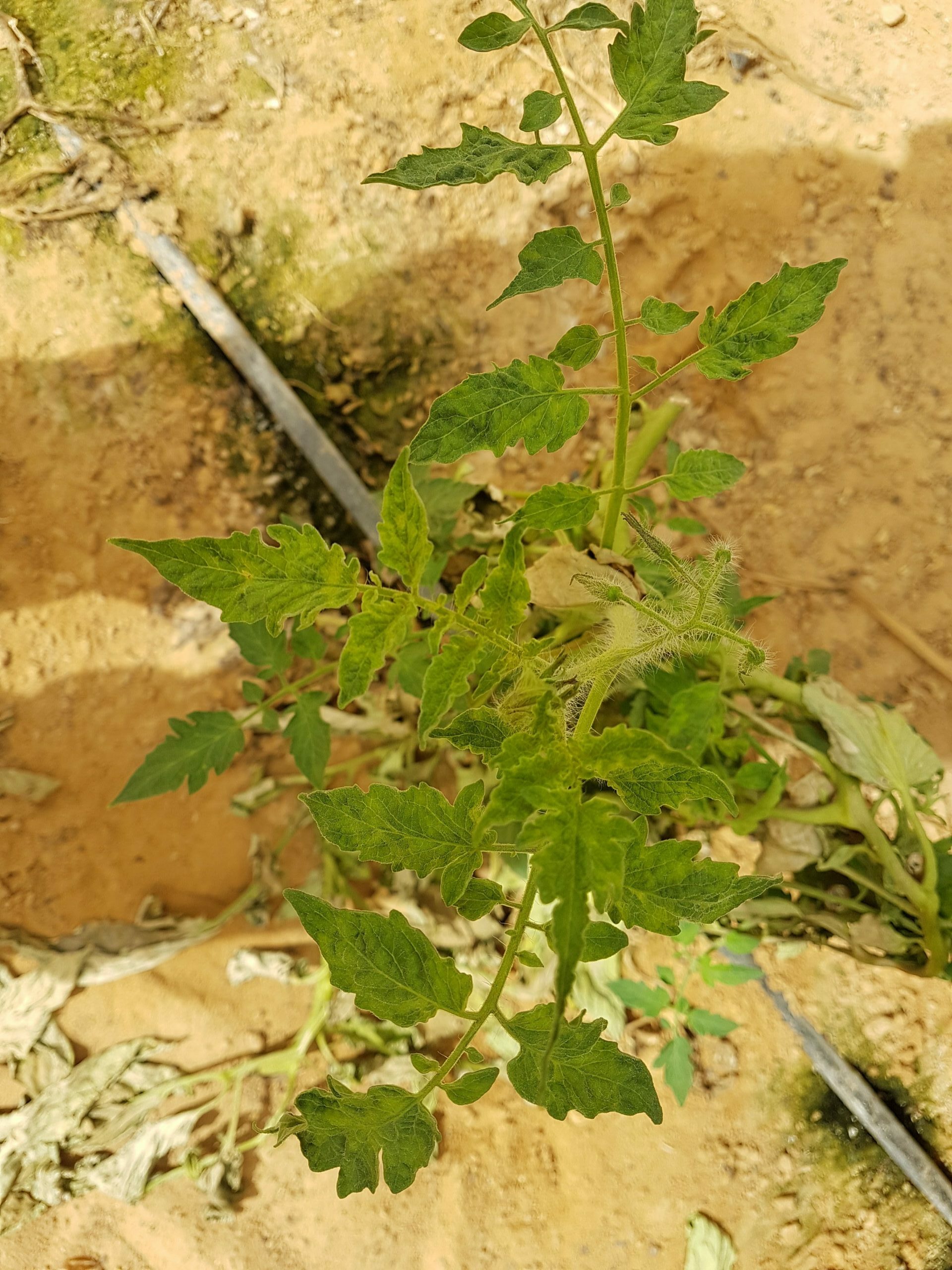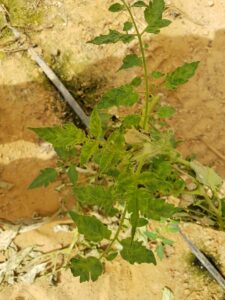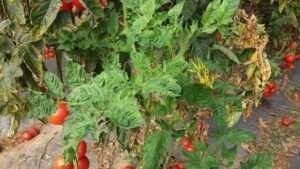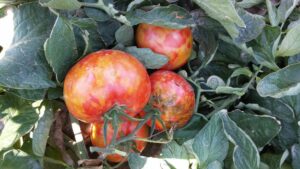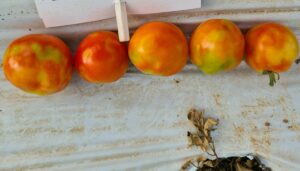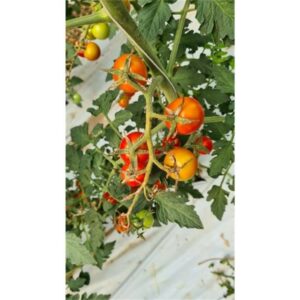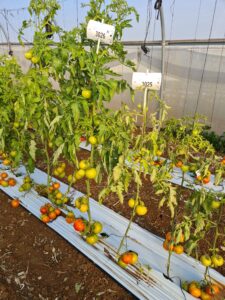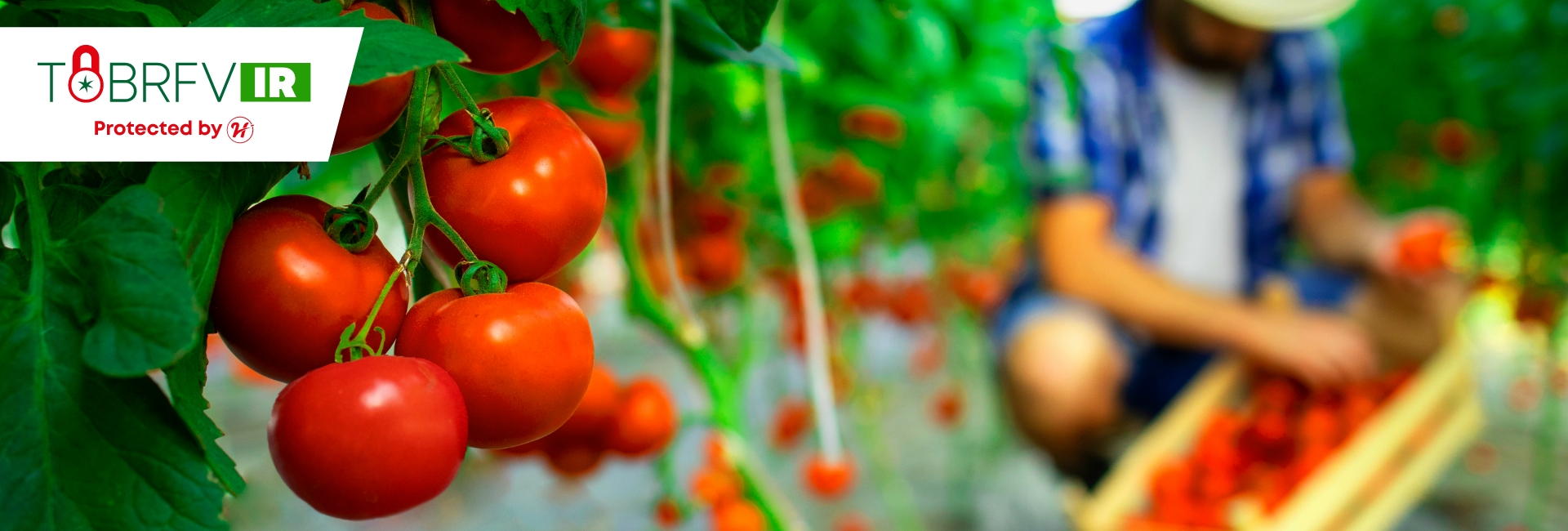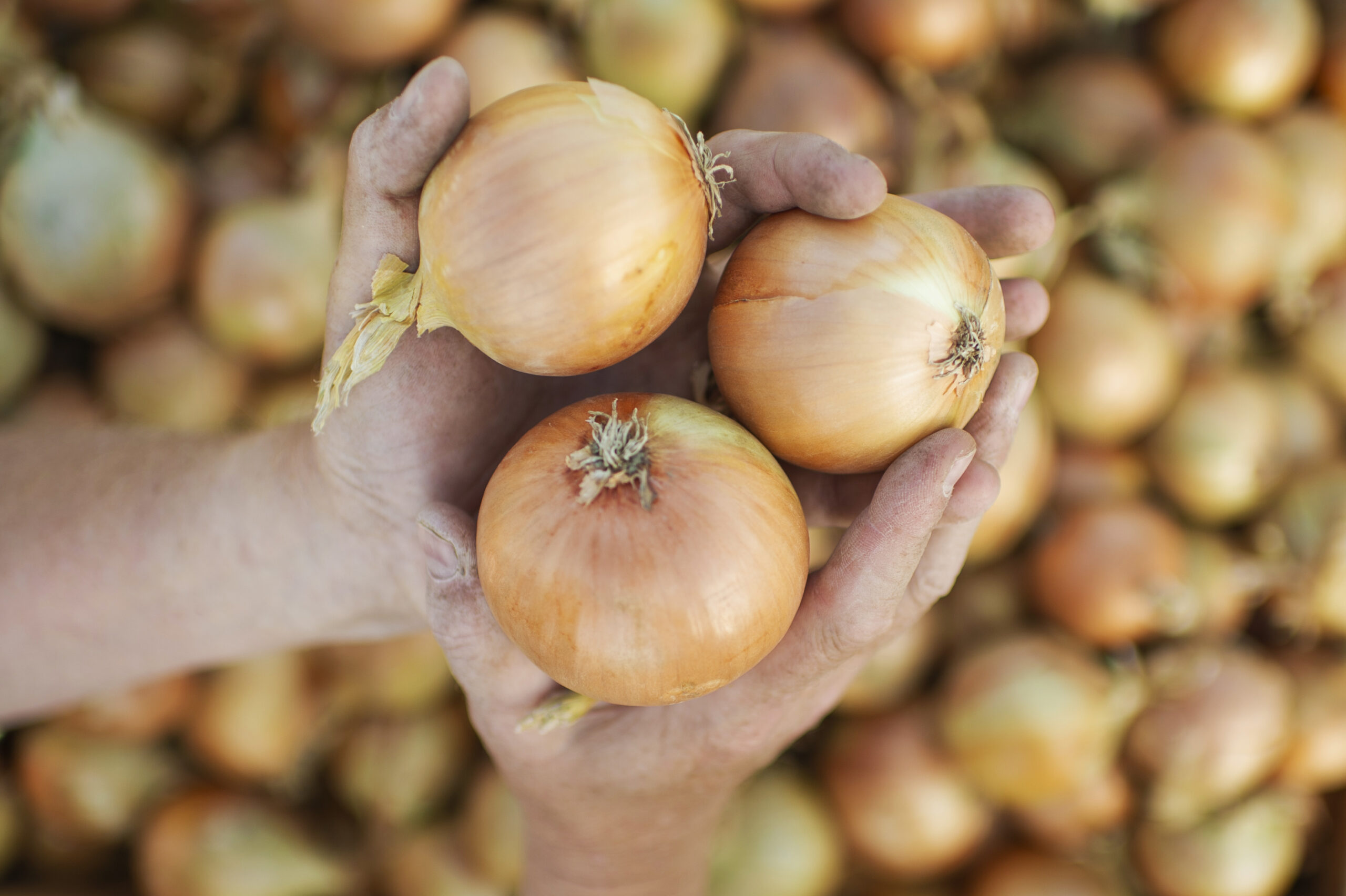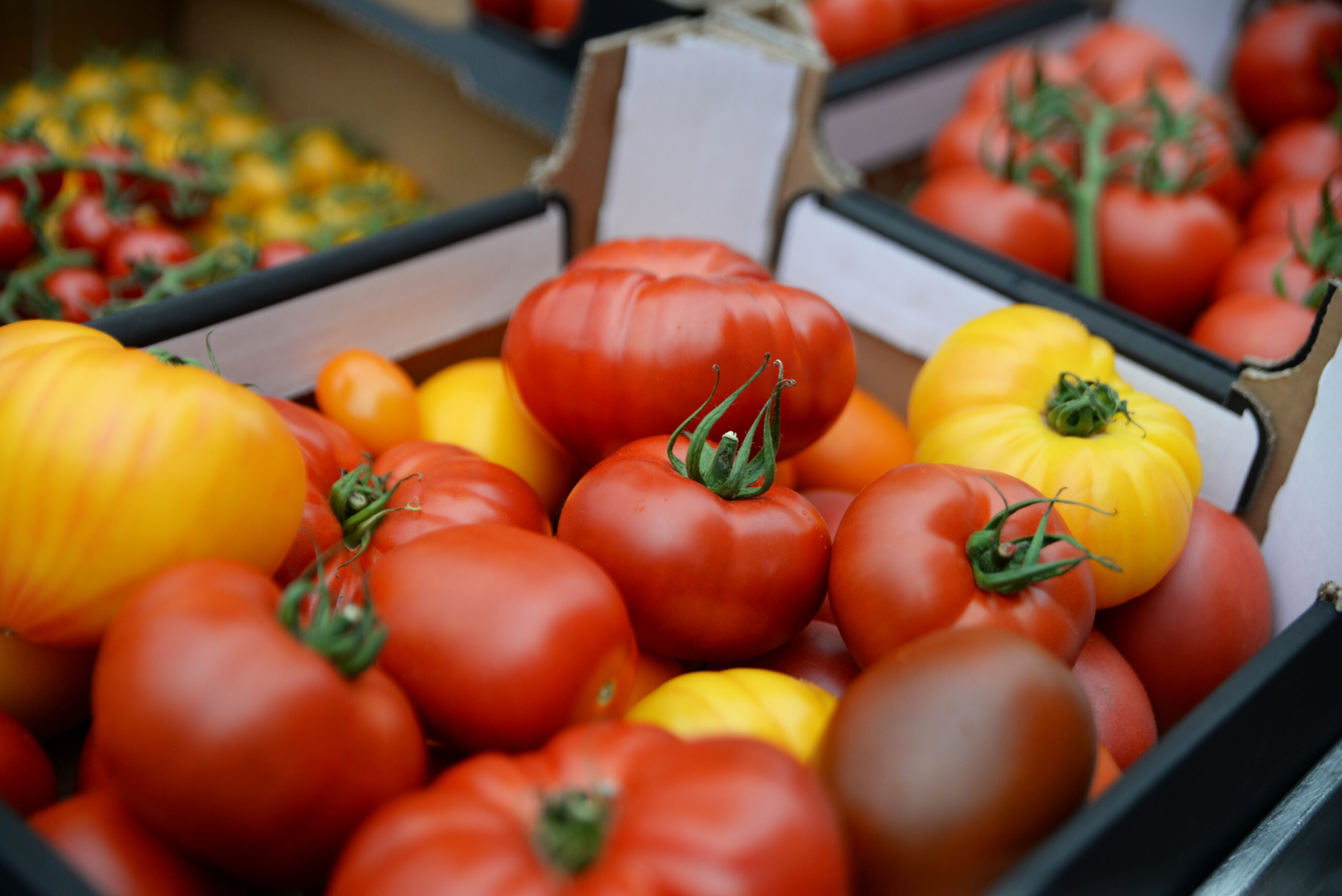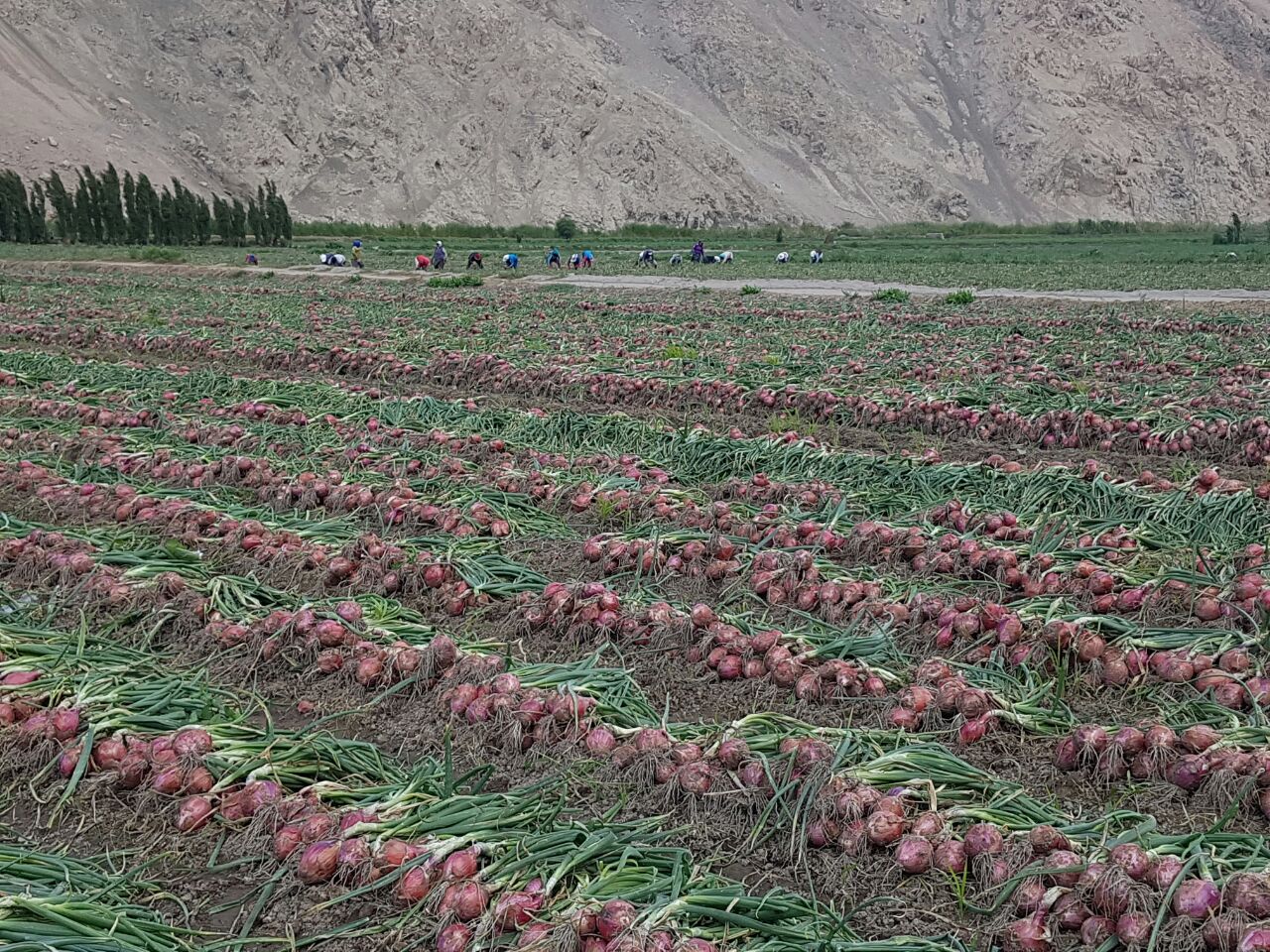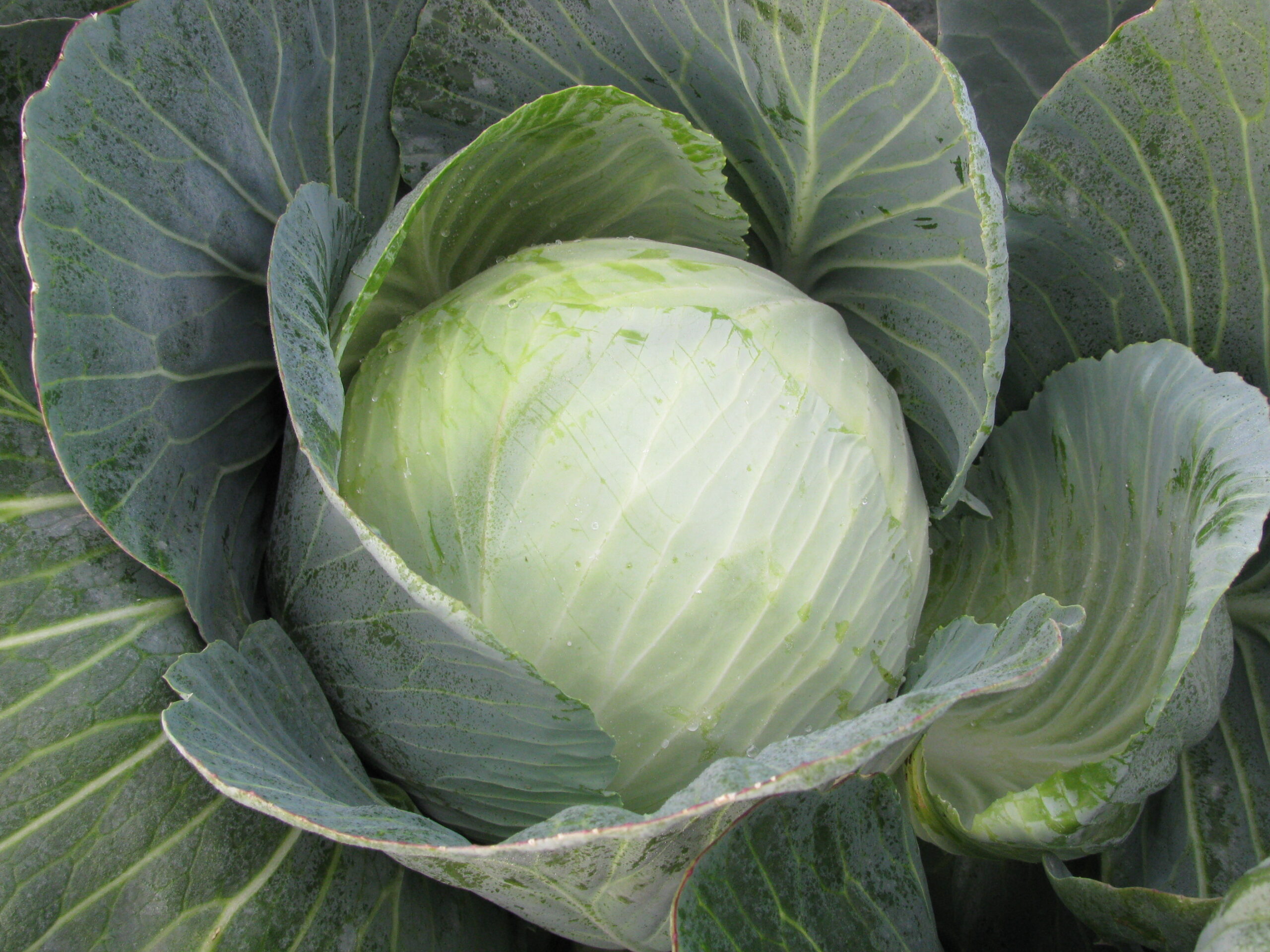Established in 2019, Southern Block Farming is nestled in the hot and humid sub-tropical climate of KwaZulu-Natal, South Africa on Blair Moore farm. Since its inception, the farm has been committed to cultivating high-quality produce while navigating the unique challenges presented by its environment. Central to this success story has been the strong partnership between Southern Block Farming and Hazera South Africa. Hazera, inspired by nature, brought their expertise to Southern Block Farming from the very start.
The collaboration began with James Kelly, Blair Moore farm’s founder, adopting Hazera’s Ferrara variety for cauliflower and broccoli. Despite the difficulties of growing brassicas during the summer season, the high cut percentage and excellent quality of Ferrara provided James with the perfect foundation for success. With Hazera’s guidance, even the challenging KwaZulu-Natal conditions became manageable.
By supplying varieties that promote healthy lifestyles and ensuring sustainable agricultural practices, Hazera supports not just farms but the communities they feed. This commitment extends globally, but Hazera’s local team—part of a diverse network spanning over 130 countries—demonstrates a deep understanding of regional challenges, delivering tailored solutions to meet Southern Block Farming’s specific needs.
As Southern Block Farming grew, so did their crop diversity. Hazera worked closely with James to phase rotations into his programme, conducting trials on carrots and other crops. These trials exemplified Hazera’s extensive research and their drive to improve yield, quality, and disease resistance. The technical advice provided by Hazera allowed James to identify the best carrot varieties for year-round supply, bolstering his farm’s reputation with buyers.
Events such as Hazera’s Carrot Day further strengthened this collaboration, introducing James to new industry knowledge and the opportunity to expanding his professional network.
Reflecting on the partnership, James stated that he appreciates the strong relationship built on mutual trust and respect. “Hazera’s team has always been by our side, offering advice and support whenever needed. Their commitment to growing together aligns perfectly with our mission,” James says. This trust epitomises Hazera’s promise, ensuring that farmers like James can fully unlock the potential of their seeds.
Drawing inspiration from our growers’ community spirit, nature, and the drive to succeed together, Hazera continues its efforts to support its loyal customers from seed to harvest.



